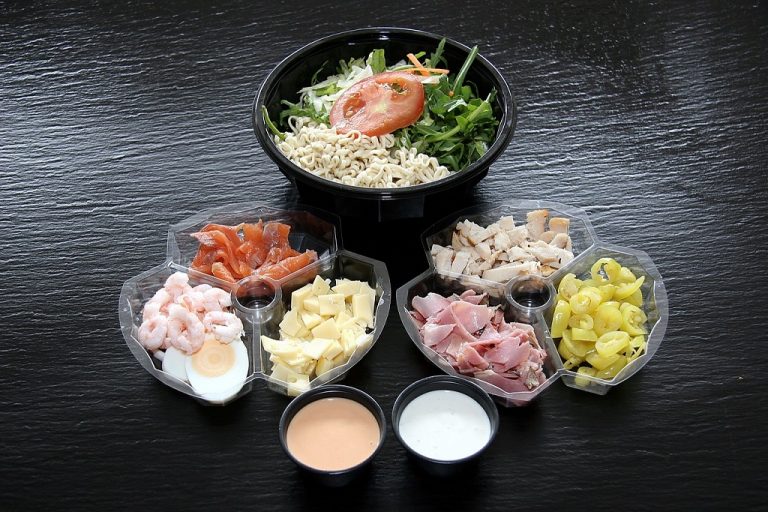Nachhaltiges Arbeiten im Homeoffice
Since the start of the coronavirus pandemic at the latest, the topic of working from home has become increasingly relevant for many companies. Almost a quarter of all employees have been allowed or required to work from home in the past two years. The popularity of working from home varies from person to person. However, according to a study, the concept is still approved by 75% of employees.
Working from home: What are the benefits?
In general, there are arguments for and against this working concept.
One argument in favour is that there is no long journey to the workplace, which saves time and money. In addition, for many people, working at home offers a quieter working environment than in the office.
On the other hand, the exchange of information in the home office is more complicated than communication in the office. Psychological considerations also give rise to criticism: in the long term, working from home can lead to a feeling of isolation.
Overall, however, scientific studies paint a rather positive picture of the situation, suggesting that the advantages outweigh the disadvantages.
Positive effects on the climate through working from home
But it is not only the economy and the individual that are influenced by working from home. Of course, this also has an impact on nature and the environment.
This impact is predominantly positive: for one thing, there is less commuter traffic and therefore fewer greenhouse gas emissions. According to a study, working from home reduced the carbon footprint of each individual employee by 72% in 2020/21.
In addition, energy consumption is lower as you only have to maintain your own home and not an additional open-plan office. However, how many energy-intensive digital devices are in use, how many rooms are heated, etc. plays a role here. In this respect, working from home can be described as climate-friendly to a limited extent.
Working from home also has an effect on waste production: paper consumption tends to be lower as it is the company’s own resources and is often used more consciously.
The Take-Away Trap

However, even at home, there’s not always time to cook, and just like in the office, the take-away trap with single-use packaging looms large. This means that waste production continues during the lunch break, even when working from home. The amount of packaging waste in particular has even increased during the lockdowns.
But that doesn’t have to be the case: Relevo’s simple reusable tableware concept offers a good solution to this problem. Here, crockery can be borrowed free of charge via an app. All you have to do is scan a QR code in the restaurant and the Relevo container can be taken away. Returning is just as easy. Without spending any additional time, you can make a contribution to the environment during your lunch break. This reusable offer is used by both restaurants and company canteens.
Of course, Relevo can not only be used while working from home, but also in the office on a regular basis. Thanks to the cooperation with Wolt and Uber Eats, you can easily have your food delivered in reusable dishes.
Uncomplicated & sustainable
The system also offers various incentives for the catering partners: there are no fixed fees, the Relevo crockery is high-quality “made in Germany” and the entire system can be implemented without any process interventions. It also ensures satisfied customers, because: Many people are already trying to cut down on waste and also welcome the reusable offer obligation that will come into force from 2023. Relevo is therefore the perfect solution for anyone who values sustainability.
